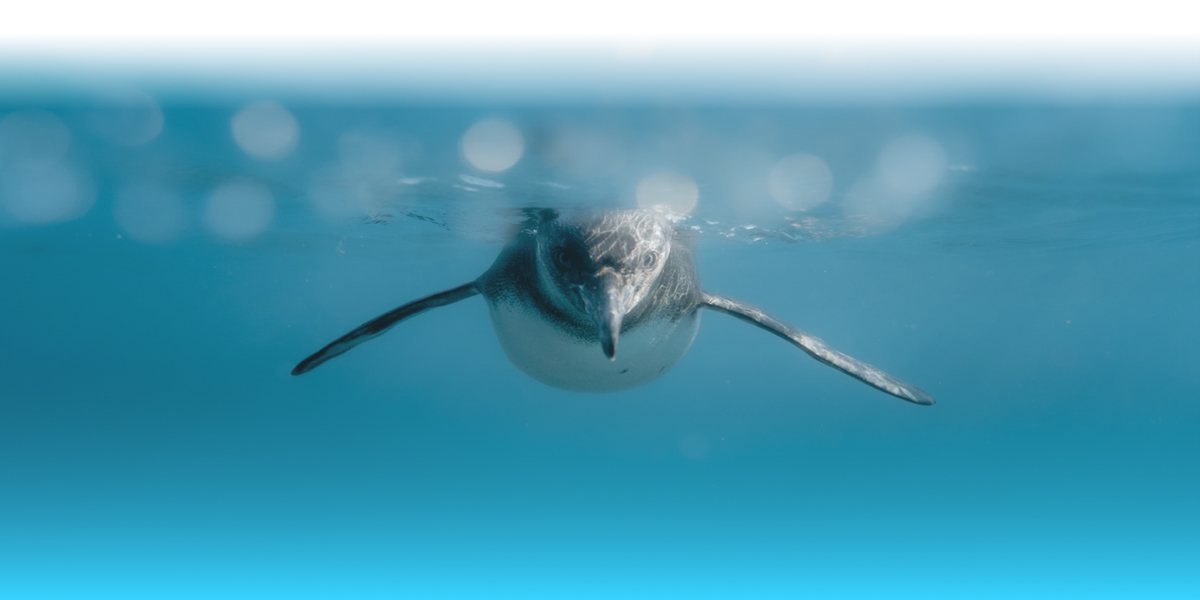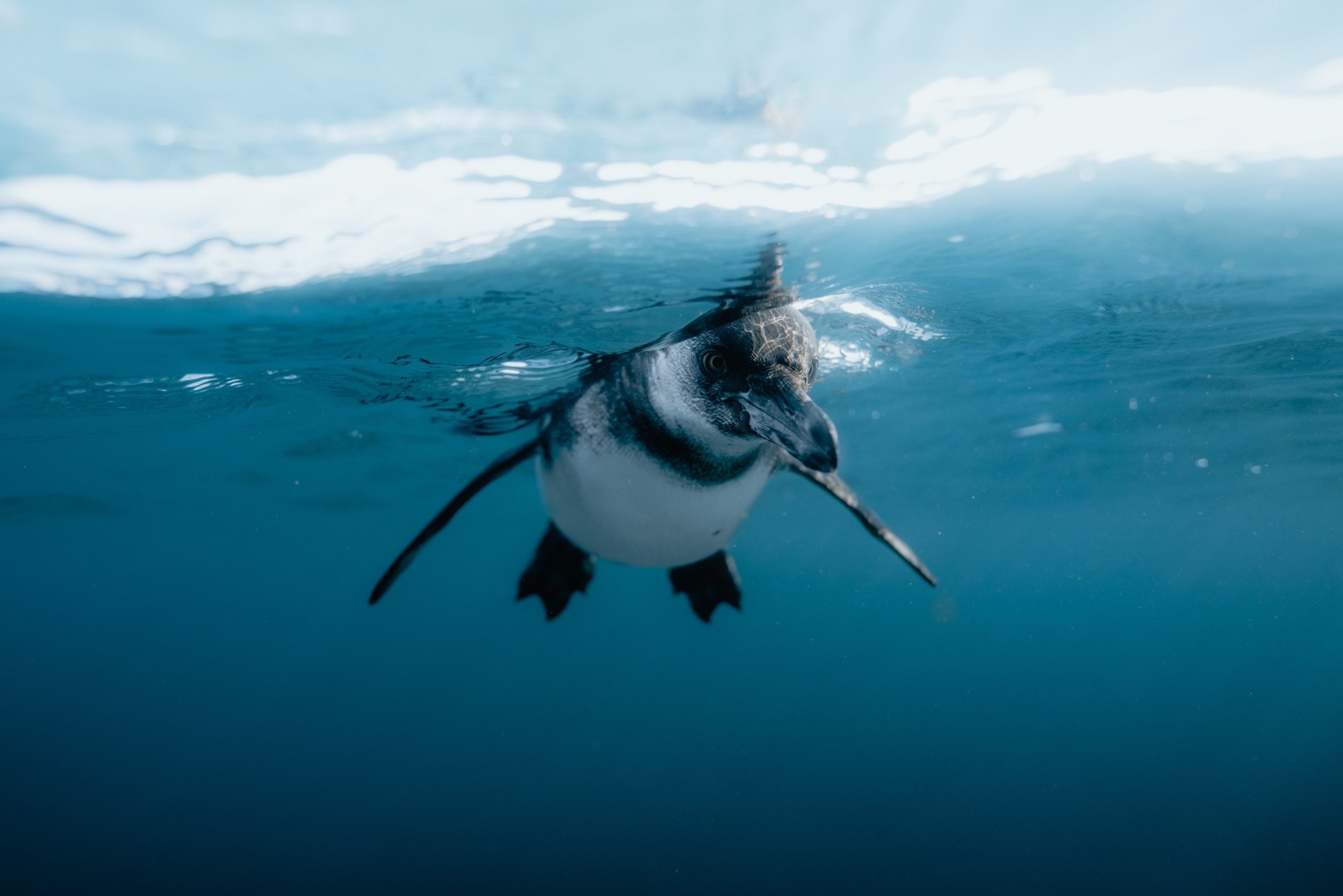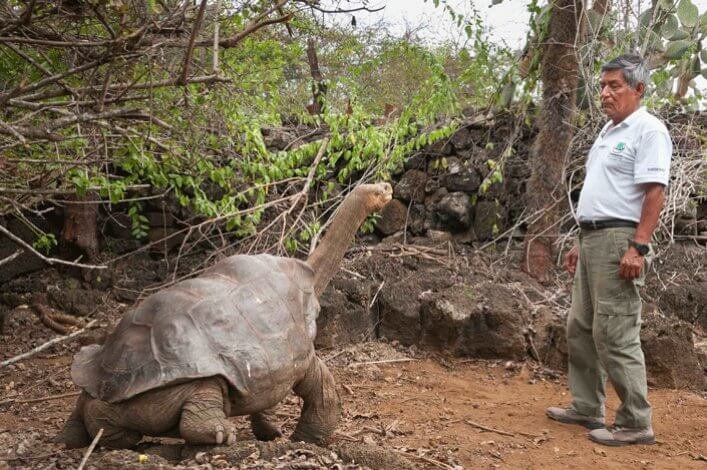
This February 23rd, the Government of Ecuador through the Ministry of the Environment brings back from the Museum of Natural History of New York, the embalmed body of the giant tortoise native of Pinta Island, Lonesome George, who was one of the most famous reptiles in the world for having been the last surviving individual of the species Chelonoidis abingdoni. George lived at the Charles Darwin Research Station (CDRS) on Santa Cruz Island for four decades. The Lonesome, as he was affectionately called, received food in the morning from his caretaker, Fausto Llerena, who took care of him since his arrival at CDRS in 1972. The Breeding Center where he will be exhibited now have the name of this park ranger and is managed by the Galapagos National Park Directorate.
"George was a member of my family, I honored him this way because, of the many tortoises there were, he was the closest and dearest by everybody" Fausto Llerena said after having cared for George for so many years.
There are 15 species of tortoises in the archipelago, which have a shape and size perfectly adapted to the place where they live. George had a saddle-type shell that allowed him to raise his neck to reach leaves of tall bushes to feed. The chelonian, named because of the name of its species, probably lived more than 100 years, according to our senior researcher, Dr. Gustavo Jiménez.
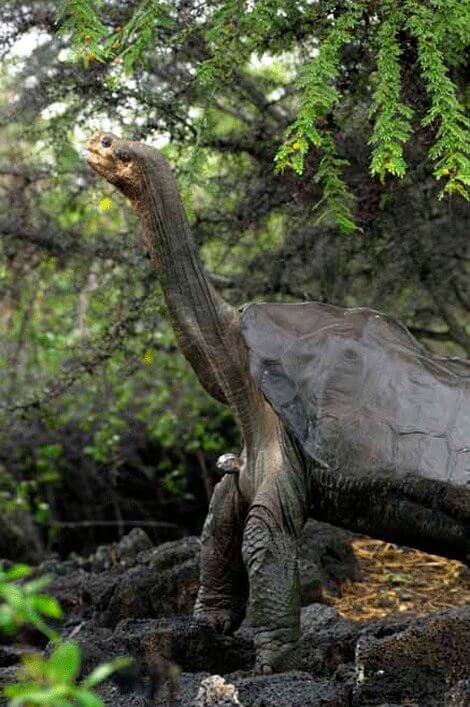
According to early records, two centuries ago there were thousands of turtles on the islands; no one knew the archipelago until 1535, when the ship carrying the Bishop Tomas de Berlanga to Peru found a safe place in the still unknown Galapagos Islands. As there were no freezers or refrigerators where the sailors could put fresh meat, turtles became their ideal food source. [Tortoises can go for long periods of time without eating and drinking water as their body accumulates water and fats, becoming a source of fresh food for sailors]. The cook cut a part of the living tortoise, kept the rest and so continued with the rest of the tortoises. During the 1800s, 96 boats took more than 13000 turtles in a period of 37 years, many of them put on display on mainland piers such as Guayaquil. With the entry of introduced species such as rats, cats, dogs, pigs, donkeys, goats and livestock, they even put the terrestrial turtles in greater danger because these animals fed on the plants that the turtles ate, feed on their eggs or offspring, and trample upon their nests that are in the ground.
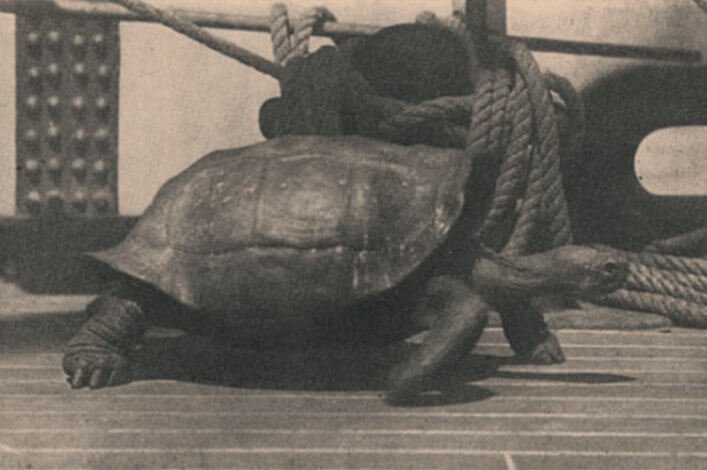
In 1971, scientists visited the Pinta Island and the only giant tortoise found on the whole island was George. The scientists even offered at that time a reward of 10 000 dollars to anyone who could find a female of this species but unfortunately they were not successful. In 1972 a new expedition was organized to Pinta and George was taken to the Breeding Center currently named "Fausto Llerena", where he lived the rest of his life. Upon arrival, George remained alone in a corral to be taken after that to another corral with two females of the species Chelonoidis becki, the species genetically most similar to the species of the Lonesome, but he never had much interest in them. Several attempts were made so that George could reproduce, even tried to do artificial insemination in case one day a female of the same species is found, but nothing saved this chelonian from extinction.
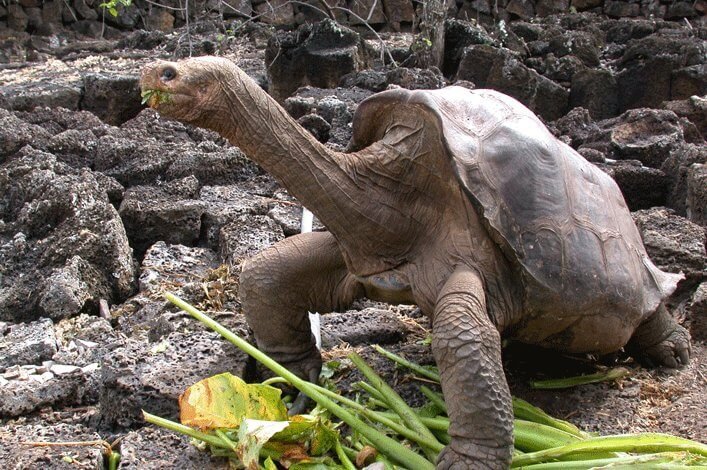
Lonesome George became an emblematic species for the archipelago and the world. He died in June 2012 from natural causes and after his death, he was taken to New York where he was embalmed and then he remained on exhibition in the New York Museum of Natural History until September 2014. Four years after his death, George returns to the place where he spent his last years of life and will be exhibited as the central part of the new interpretive path of the Galapagos National Park Directorate called "The Route of the Tortoise". Lonesome George is a clear example of the effects that human impact has caused in several species, but it also represents the effort of science to protect those that remain.
"Lonesome George was and will always be an emblem for the Galapagos Islands. The work done by the Charles Darwin Research Station was key during the years that the tortoise remained in our facilities and we firmly believe that our scientific work will allow us to continue being an example of conservation for the world ", were the words of Dr. Arturo Izurieta, Executive Director of the CDF.


